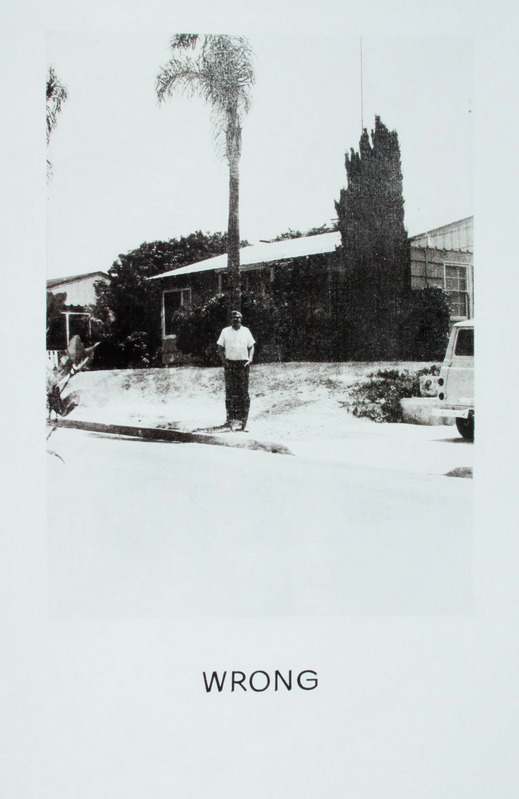Link
3 notes
·
View notes
Link
0 notes
Link
0 notes
Photo

https://www.leuphana.de/fileadmin/user_upload/PERSONALPAGES/Fakultaet_1/Behnke_Christoph/files/literaturarchiv/Baldessari_National-City.pdf
0 notes
Video
youtube
Fruitvale Station
0 notes
Quote
[…] the artwork as cultural relic, deriving its value from context, not quality.
http://www.americansuburbx.com/2015/01/nothing-but-indifference-to-harmony-korines-raiders-at-gagosian-gallery.html
0 notes
Video
youtube
0 notes
Video
vimeo
0 notes
Video
vimeo
13 notes
·
View notes
Quote
Many contemporary photographers are seemingly more interested in photographing things to see how they will appear in photographs rather than evoking meanings beyond the photographs themselves. Today when the issue of meaning in photographs is addressed it is more often in terms of metonym than metaphor.
John Upton in Contemporary American Photographic Works, Houston, 1977
0 notes
Quote
[They] are rigorously contemporary while acknowledging a use of the camera which dates from the inception of the medium.[...] The rejection of stylistic conceits in favor of a more measured and contemplative view of the secular world and its content.
Lewis Baltz about New Topographics
0 notes
Text
What's the point?

The chinese are afraid of oppositional politicians throwing protest flyers out of a taxi window during the national party congress. The government induces to remove every Taxi's window crank.
Our celebrated superstar artist Ai Weiwei builds a crystal Taxi Window Crank and exhibits it. Brilliant, a window crank becomes the symbol for an anachronistic and repressive government.
I don't really get the point of this work besides its nice formal aesthetics and carefully crafted implementation. It neither tells me anything about the background story that underlies the work nor does it provide me with anything that goes beyond the information that I just could have read.

In the late 1980s Italian tankers carrying barrels of toxic waste arrived at the seaport of Koko (Nigeria). A farmer, not aware of its content and the risks it can cause, agreed to store it for $100 a month. Some of the barrels blew up others were emptied by the rural population just to store food in them. They suffered from chemical burns and the contaminated food.
Alfredo Jaar installed light boxes with photos of the citizens of Koko suspending over water-filled barrels in which the photos are mirrored. So what you see is basically a photo of some smiling african looking guys reflected on the top of some water-filled barrels.
Again: I don't really get the point of this work besides its nice formal aesthetics and carefully crafted implementation. It neither tells me anything about the background story that underlies the work nor does it provide me with anything that goes beyond the information that I just could have read.
0 notes